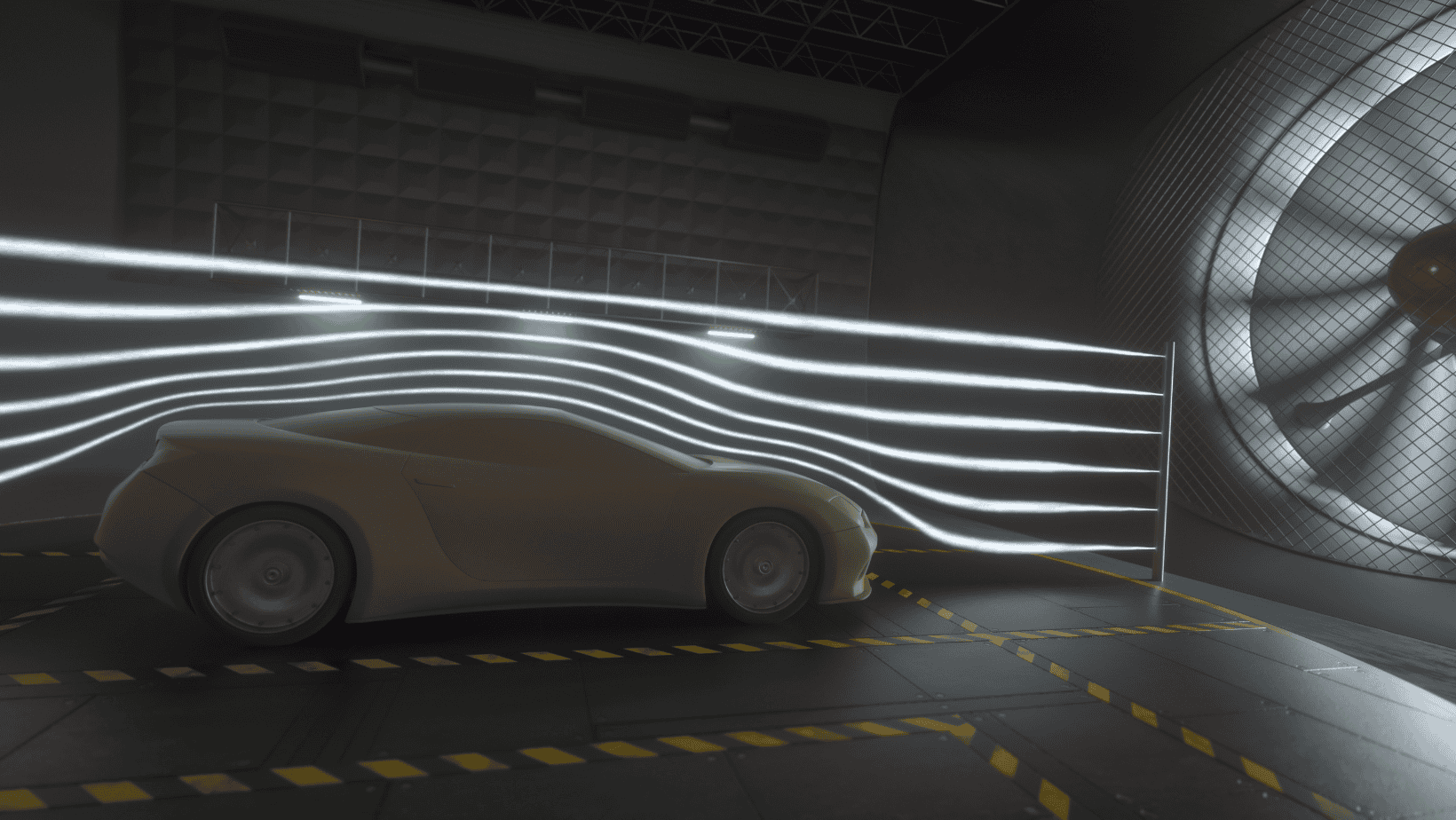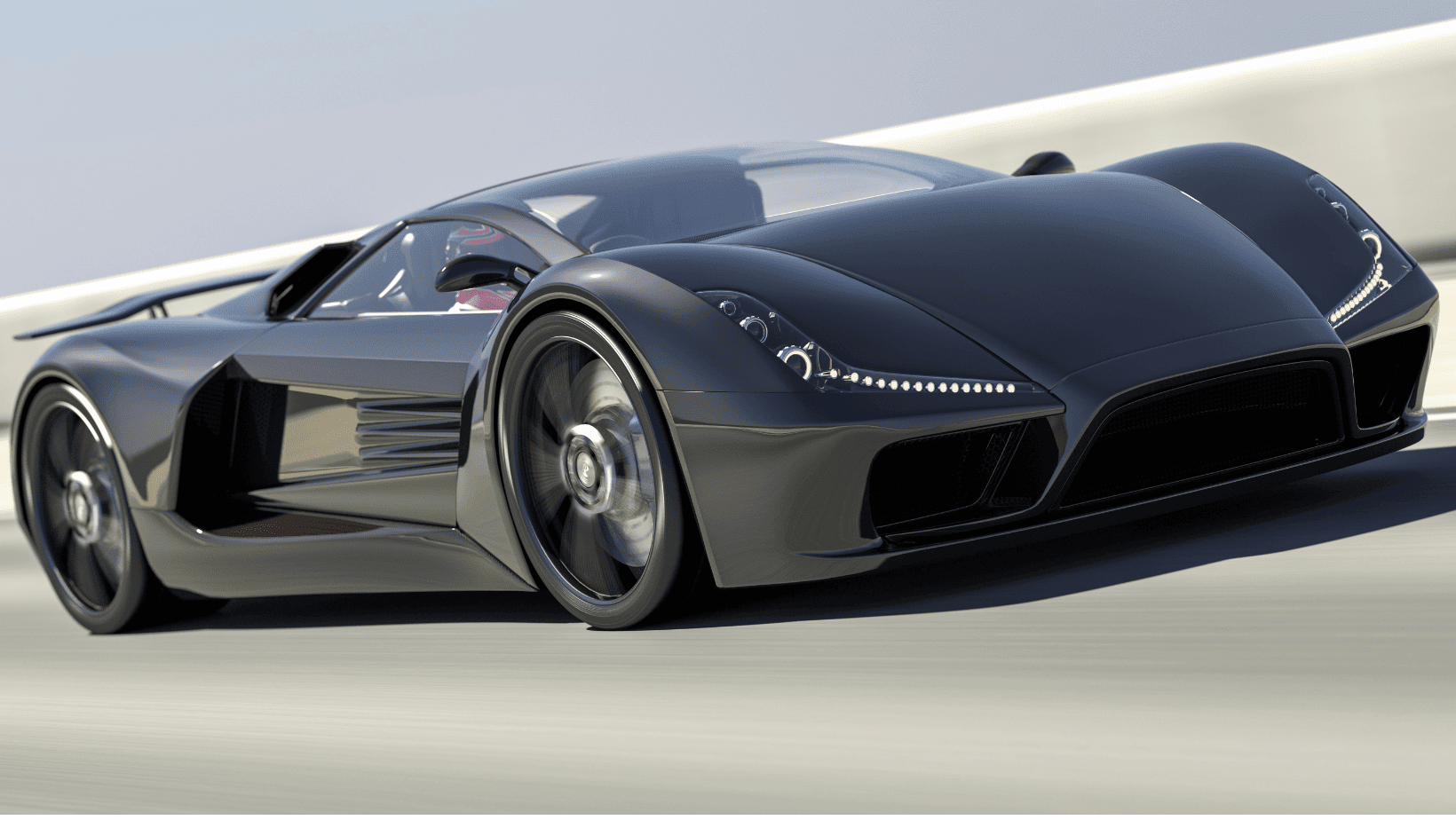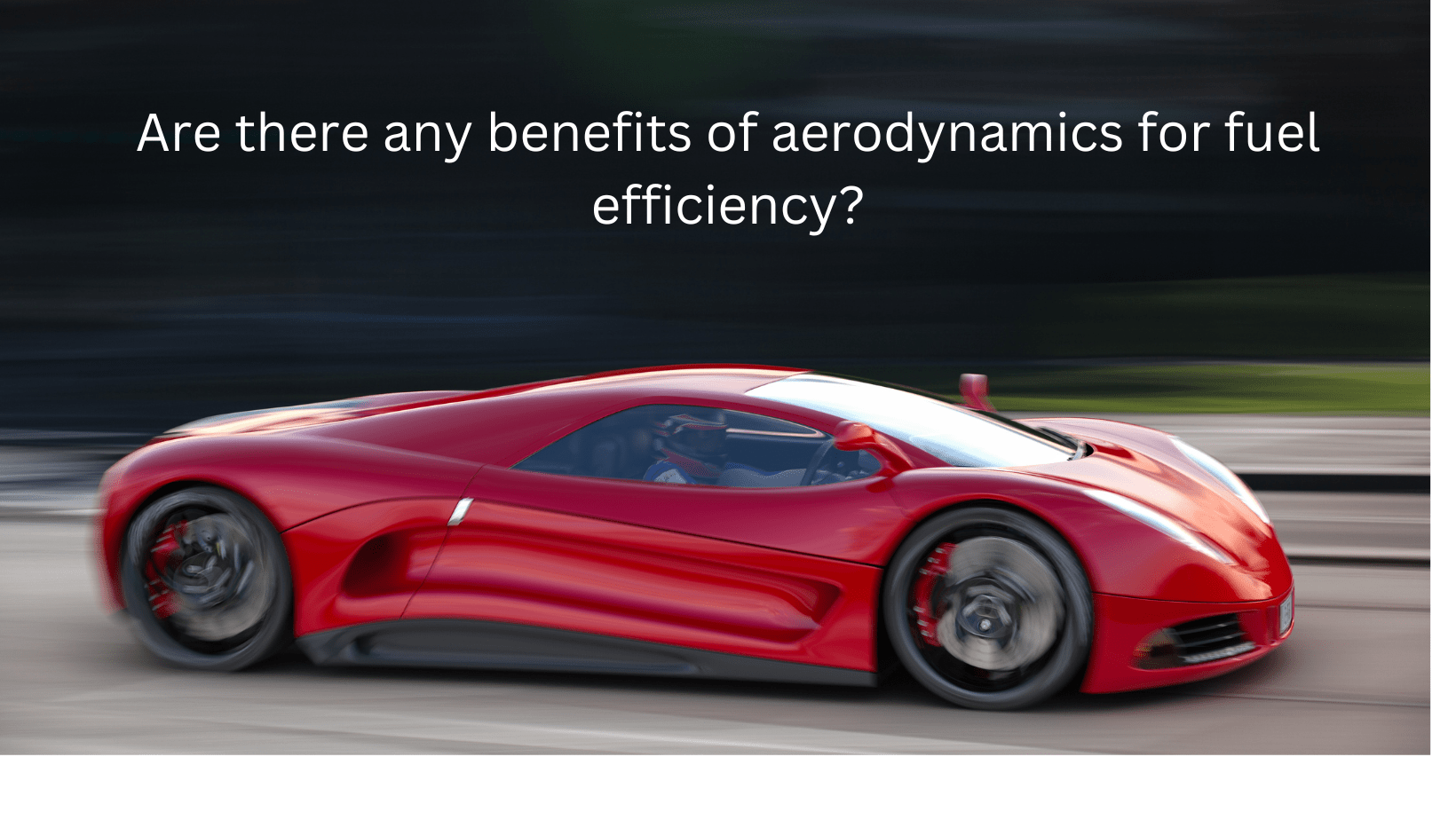Car aerodynamics is an essential aspect of automotive design, playing a crucial role in enhancing a vehicle’s performance, efficiency, and stability. At the heart of aerodynamics is the study of airflow around a vehicle and how it interacts with the car’s shape and surface. Let’s dive into basics of car aerodynamics!
Key Takeaways
| Aspect | Detail |
|---|---|
| Definition | Explanation of car aerodynamics and its impact on vehicle performance |
| Benefits | Improved speed, fuel efficiency, and stability |
| Principles | The role of drag and downforce in vehicle dynamics |
| Applications | Use in racing cars and everyday vehicles |
| Practical Tips | How to optimize aerodynamics in personal vehicles |
What is Car Aerodynamics?

Car aerodynamics involves the study and manipulation of air flow around a vehicle. This discipline seeks to reduce air resistance (drag) and increase downforce, which helps the car maintain traction during high speeds. Aerodynamics is not only critical in racing but also in everyday vehicles, impacting fuel efficiency and overall driving experience.
The Science Behind Car Aerodynamics
Understanding Drag and Downforce
- Drag: It’s the resistance a vehicle faces as it moves through air. High drag reduces speed and increases fuel consumption.
- Downforce: This refers to the vertical force exerted downwards by air pressure, enhancing tire grip on the road.
The Role of Vehicle Shape
The shape of a car significantly influences its aerodynamic properties. Sleek, smooth designs tend to have lower drag coefficients, contributing to higher speeds and better fuel efficiency.
Applications in Different Vehicles
- Racing Cars: Aerodynamics is vital in racing, where every fraction of a second counts. Teams invest heavily in optimizing airflow to gain a competitive edge.
- Everyday Cars: Modern vehicles incorporate aerodynamic principles to improve fuel economy and reduce noise.
Practical Tips for Enhancing Aerodynamics
- Streamlined Add-ons: Installing aerodynamic kits can reduce drag and improve stability.
- Tire Pressure: Properly inflated tires reduce resistance and contribute to better aerodynamics.
Advanced Aerodynamics: Beyond Basics
For enthusiasts looking to delve deeper, advanced aerodynamic tuning offers insights into more sophisticated techniques and technologies in the realm of vehicle airflow management.
Aerodynamics and Fuel Economy
Understanding the link between aerodynamics and fuel efficiency is crucial. To explore this relationship further, visit aerodynamics and fuel economy.
In conclusion, car aerodynamics is a fascinating blend of art and science. Whether you’re a professional racer or an everyday driver, understanding and applying aerodynamic principles can significantly improve your driving experience.
Q&A Table on basics of car aerodynamics
| Question | Answer |
|---|---|
| What is car aerodynamics? | Car aerodynamics involves understanding and manipulating air flow around a vehicle to reduce drag and increase downforce. |
| Why is aerodynamics important in cars? | It improves vehicle performance, enhances fuel efficiency, and ensures better stability at high speeds. |
| What are drag and downforce? | Drag is the air resistance a car faces, while downforce is the downward force created by air pressure, aiding in traction. |
| How does a car’s shape affect its aerodynamics? | A sleek, smooth car design helps lower the drag coefficient, leading to better speed and fuel economy. |
| What is the role of aerodynamics in racing cars? | It is critical for improving speed and handling, with teams investing in aerodynamic designs for a competitive advantage. |
| Can everyday vehicles benefit from aerodynamics? | Yes, modern vehicles incorporate aerodynamic features to improve fuel economy and reduce noise. |
| How can one optimize a car’s aerodynamics? | Installing aerodynamic kits, maintaining proper tire pressure, and using streamlined accessories can enhance a car’s aerodynamics. |





